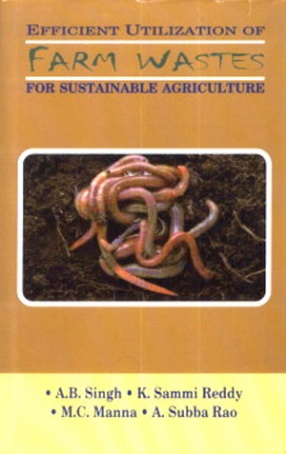Survey of vegetable resources of a country is prerequisite to scientific planning for her economic development. Importance of the study of the flora of a state cannot be over-emphasised. It is more so in the case of state like Tripura, the flora of which is little known. The work is planned to cover various types of vegetation and study as many species as possible. In addition to others–numbering about 3,450 sets, the author examined all the collections from the state of other explorers, namely, P.M. Deb Burman, K. Biswas and R.S, Rao, all these totalling to about 5200 sets. Part I of this work deals with the vegetation. After brief notes on the state of Tripura regarding geographical position, boundary, area and physiographical features, the factors determining vegetation types, viz., climate, geology, soil, biotic factors, etc. are discussed, followed by accounts of botanical explorations, forest types and conspectus of the flora. Descriptions of taxa and other relevant particulars are presented in Part II. To sum up, the work presents an account of 1573 taxa comprising 1545 species and 28 extratypical varieties in 862 genera and 193 families of vascular plants representing about 12.86% of the flora of India. About 86% of the species occurring in Tripura are widely distributed in India and adjoining countries. The remaining 14% are comparatively restricted in distribution. Part II presents the dicotyledonous families from Buddlejaceae to labiatae (lamiaceae) and all the families of monocotyledones in Hutchinson’s latest system of classification, with 30 illustrations. With determination of some more taxa in course of population, the flora (vol. I & vol. II) now gives an account of about 1600 species in 867 genera and 196 families of vascular plants.
Biotechnology and Plant Pathology
$116.10
$129.00





There are no reviews yet.